Fort San Pedro, also known as Fort Nuestra Señora del Rosario, is situated along San Pedro Drive in the domestic port district. The castle, which was quadrilateral in form and measured 60 by 60 meters, was initially built of wood in 1603 by Pedro Bravo de Acuña and reconstructed in stone in 1616 under Diego de Quiñones.
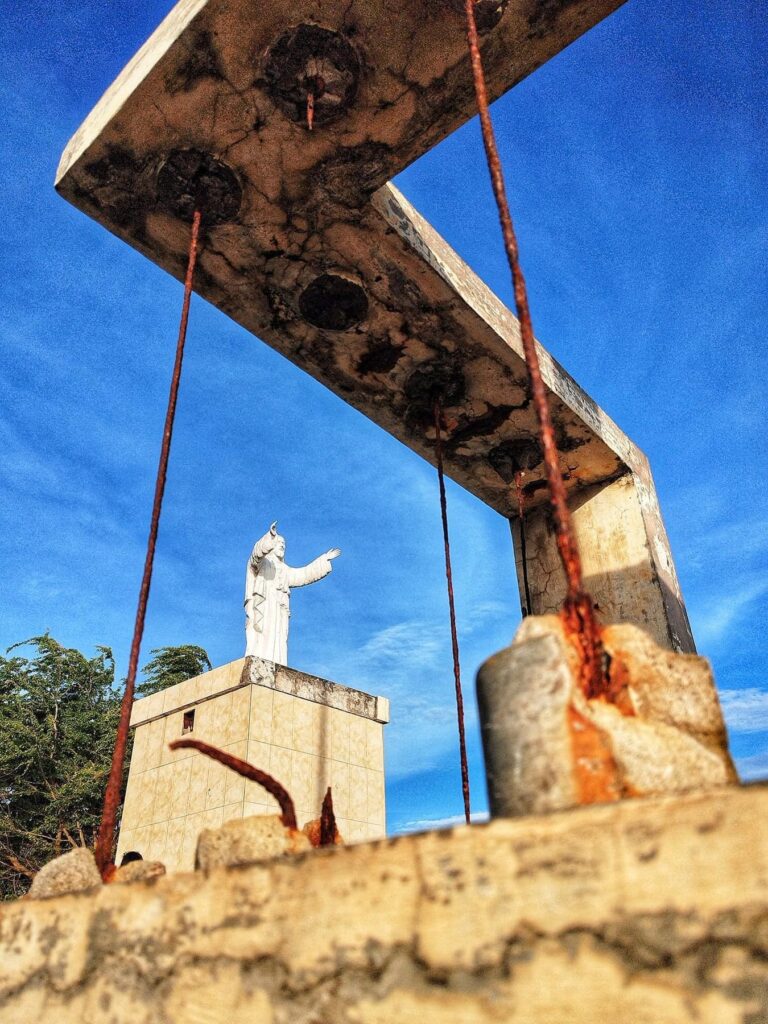
What Threat Built Iloilo’s Fortress?
The walls were made from coral stones from Guimaras and other local materials. The walls stood about 12 feet high and were up to 30 feet thick. Fort San Pedro was founded to defend the city from invaders such as Dutch and Moro pirates who posed a threat to Iloilo. The fort was heavily bombed in 1945, and most of the structure was destroyed, but fragments of the coral stone walls remain.
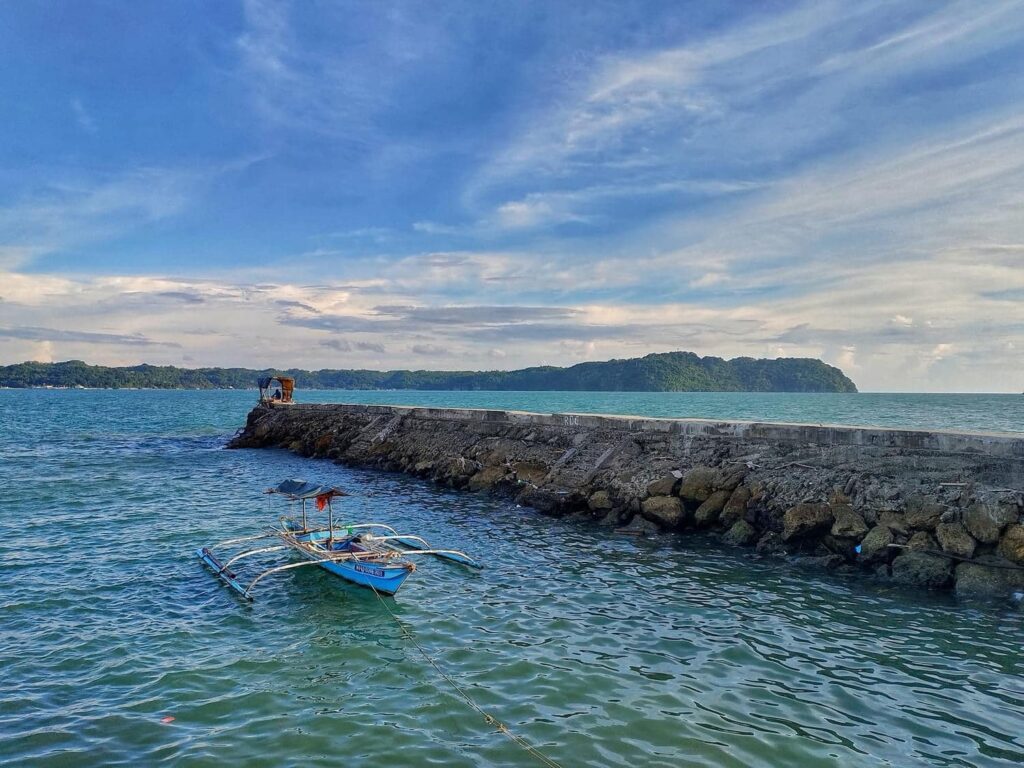
The Past It Guards
The Dutch assault occurred in 1616 and was later repulsed by reinforcements from Manila. It was then renovated before 1738 and again in 1820 under the Spanish engineer Joaquin Pabalán. And during World War II, the structure suffered significant damage with only fragments of its original coral stone walls.
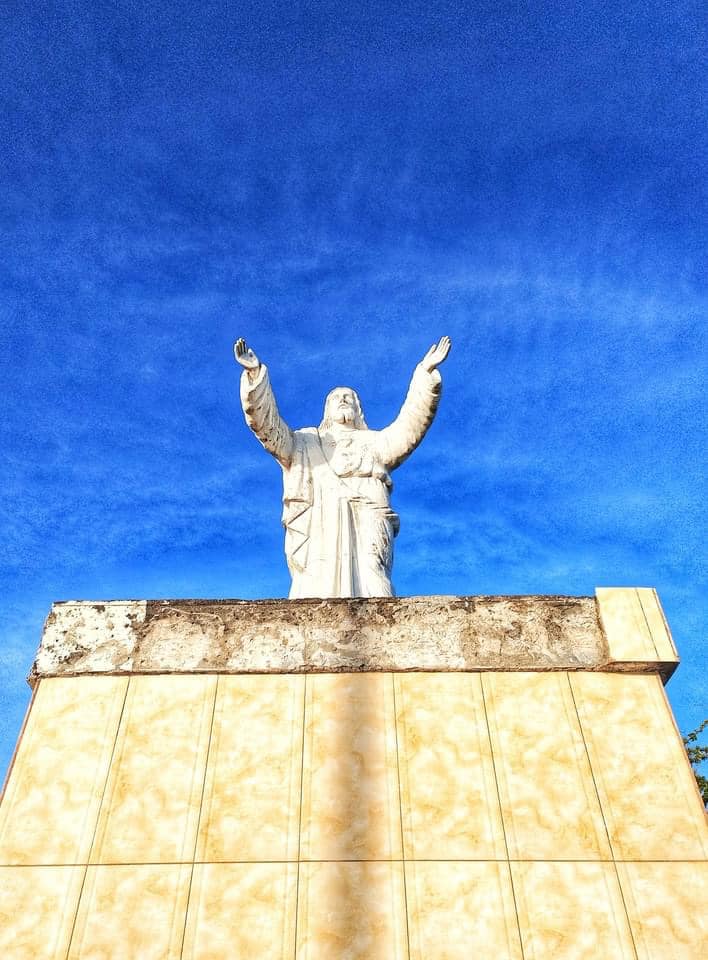
What Has It Become?
Today, a modest park stands where Fort San Pedro once rose, its quadrilateral walls now reduced to scattered fragments of coral stone. Though the fort’s original structure was lost to time and war, the site remains a quiet sentinel of Iloilo’s colonial past. Once a beloved spot to catch sunsets, share laughter over chicken inasal, and spend tranquil evenings with friends and family, the park now shows signs of wear. Gazebos and statues mark the grounds, but neglect has dulled their charm. What was once a place of community and reflection is now in need of rehabilitation, a chance to honor the stories etched into its stones and revive its role in Iloilo’s cultural memory.
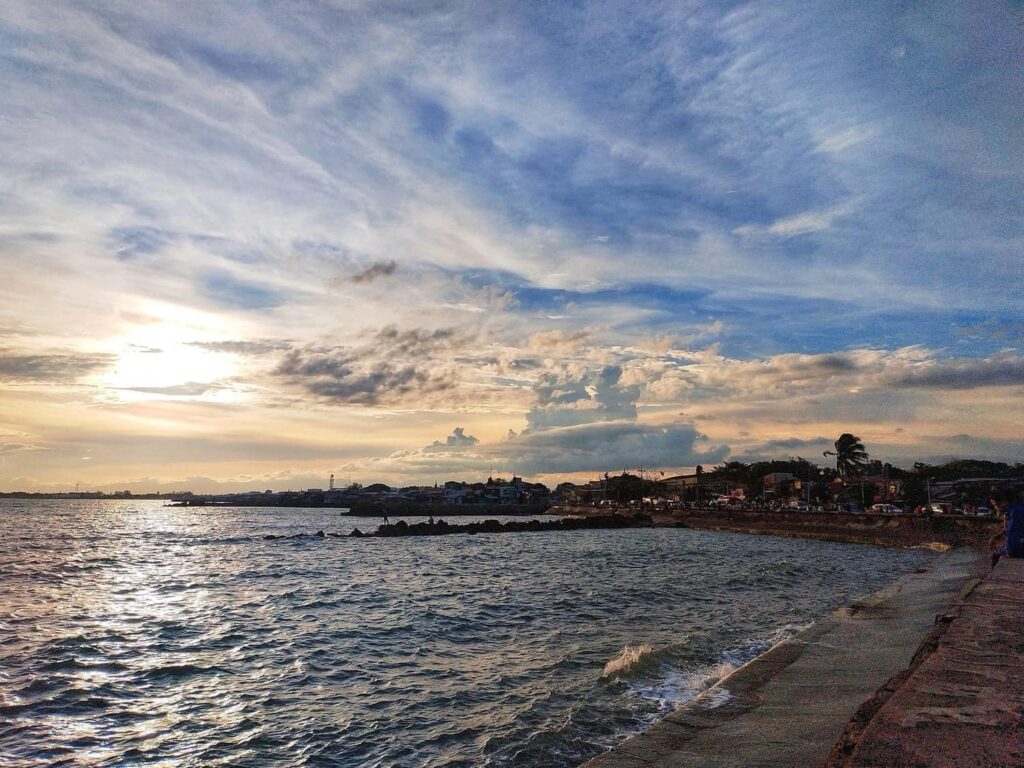
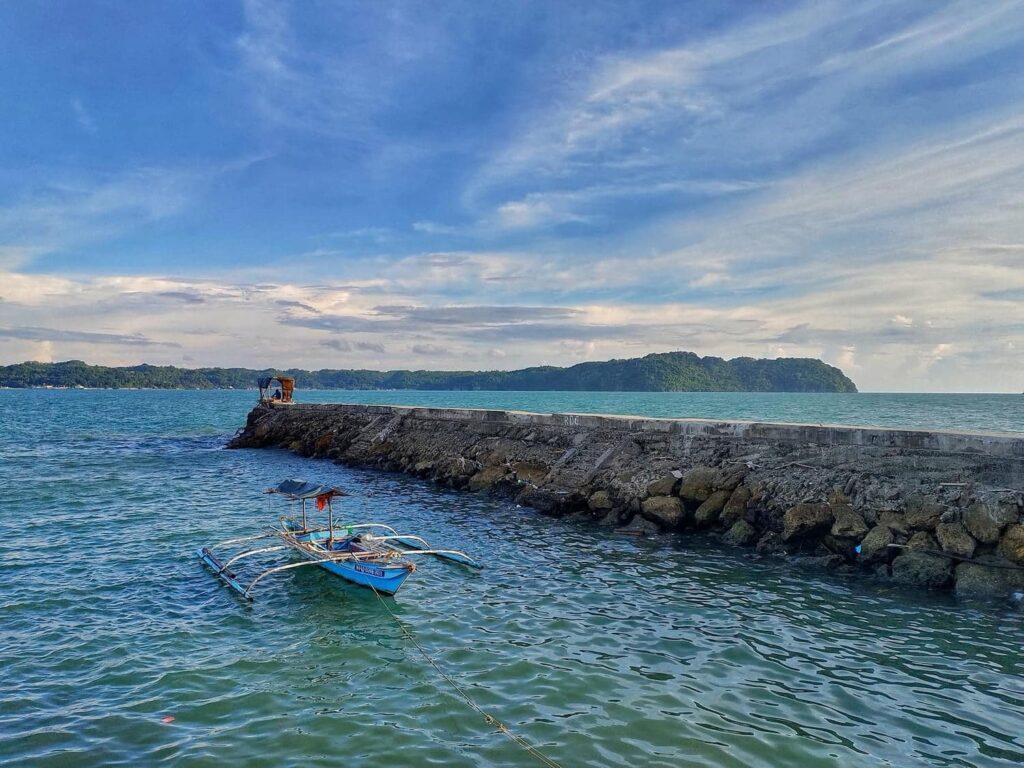
Recent News
The National Museum of the Philippines has initiated the restoration project, with preliminary work already underway. This includes archaeological excavations to identify the original foundation and a review of historical plans to guide the restoration. The NMP Archaeology Division headed by archaeologist Dr. Mary Jane Louise A. Bolunia has started reviewing the 1820 blueprint of the fort, comparing it to photographs taken in the 1930s up to early 1940s and after World War II.
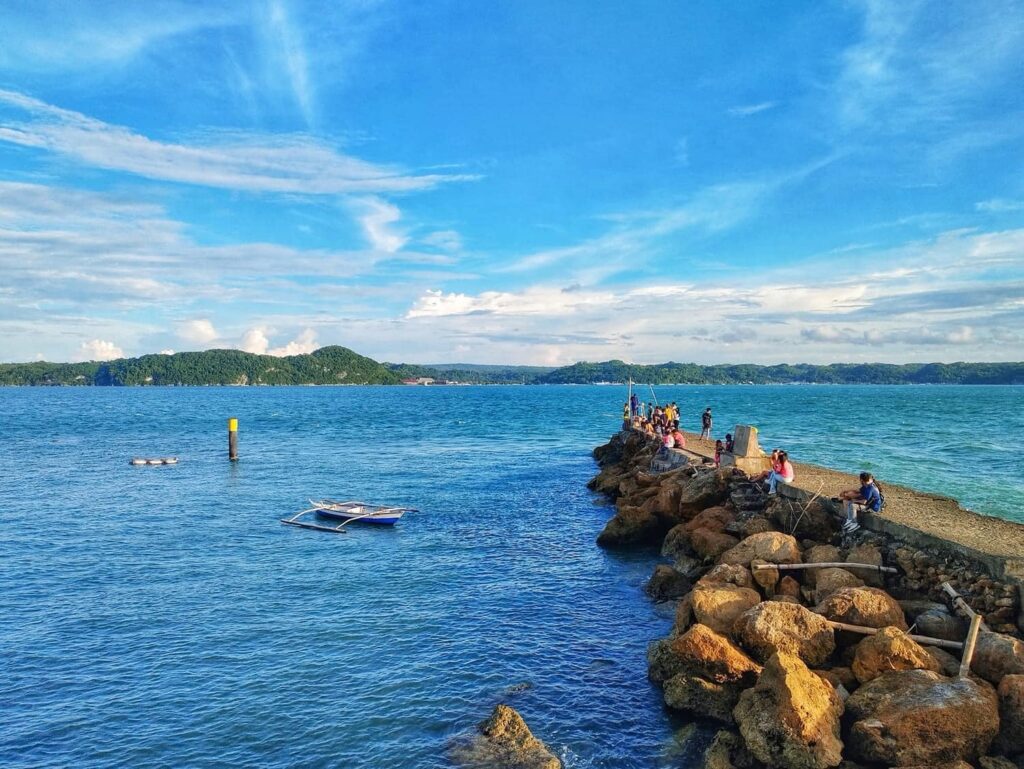
How to get there
Exact Location: Fort San Pedro, Iloilo City Proper, Western Visayas
- By Commute: Look for jeepneys labeled “City Proper”, “Lapuz”, or “Fort San Pedro”. Ask the driver to drop you near San Pedro Drive or the Iloilo Port. From the drop-off point, it’s a 5–10 minute walk to the fort
- By Car: Use Google Maps or Waze and search for “Fort San Pedro, Iloilo City”. The fort is located along Fort San Pedro Drive, near the Iloilo Domestic Port and Plaza Libertad


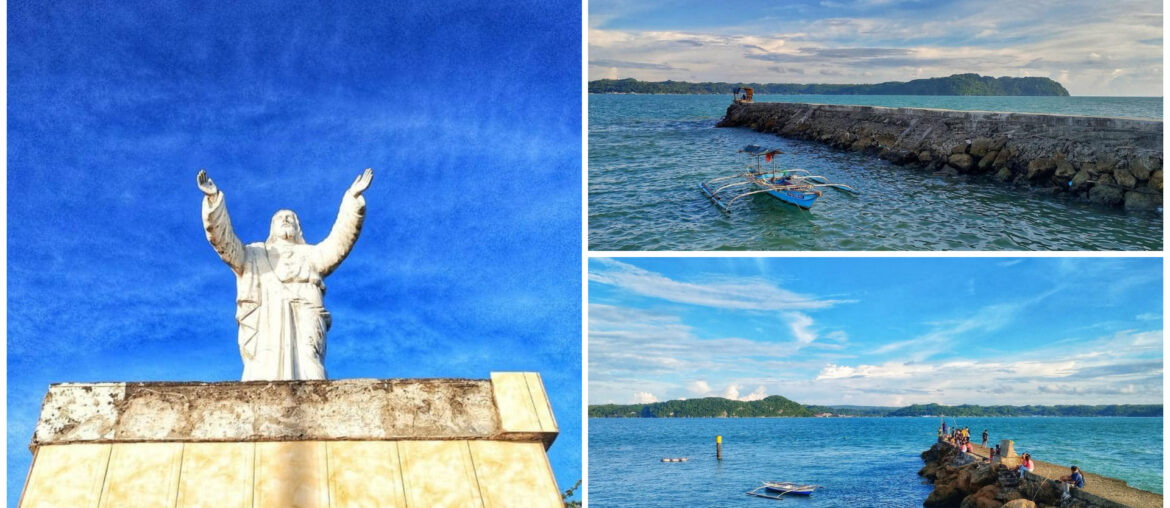
Comments are closed.